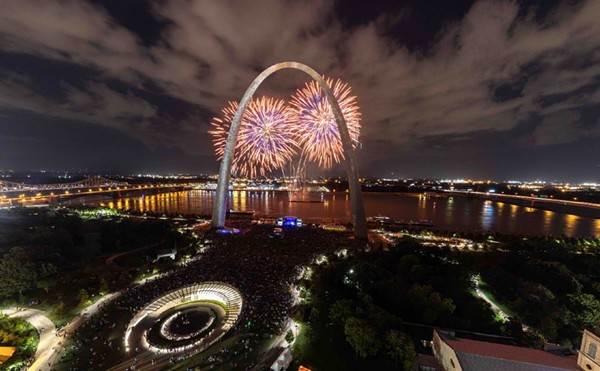Denman Maroney has built a career on playing with the piano in ways that defy assumptions about the instrument's possibilities. And if his is less a name around your household than Henry Cowell's or John Cage's or George Crumb's, it's not because his innovations in the box are any less radical. Maroney's set of techniques, which he terms "hyperpiano," consists of means by which to "excite the strings directly" with such foreign objects as tire treads and potato mashers, often while the keys are still being worked. It's an approach born of circumstance. Attempting to perform Karlheinz Stockhausen's "Kurzwellen," a structured improvisation that requires musicians to imitate shortwave tones, Maroney felt the need to go inside and manipulate the piano's strings directly. Hyperpiano's roots lay also in a realization of a different sort: Innovating harmonically to include microtones and multiphonics in their playing, free-jazz saxophonists such as Ornette Coleman and Albert Ayler eschewed pianists in their ensembles. Maroney recognized the need to incorporate exactly those elements into his work if he was to reach the far side of jazz-informed improvisation.
"Eighty-eight tuned drums," Cecil Taylor said, but there's more to a piano than that, once you peel back the lid. Hyperpiano foregrounds the physicality of making piano music natural. Maroney treats the extended techniques that he employs as "a way to make natural sound." "It's important to make natural noises," he says, "because our normal lives are so divorced from the natural world." To this end, Maroney realizes his self-diagnosed obsession with rhythm through the medium of "pulse fields," multiple tempos generated simultaneously. It's an unorthodox approach to the piano, but one grounded in the desire to "naturalize" the instrument: "You don't find 4/4 time in the woods."
Forget the woods; if you had a map of downtown NYC, Maroney would be all over it. He's played with what seems the bulk of downtown's star system, but, unfortunately underrecorded, Maroney's output as leader would fill only the smallest hand. Performing unaccompanied, as he will in St. Louis this week, he musters a remarkable array of texture and effect. The music on Maroney's solo set Hyperpiano (Mon$ey Music) ranges from percussive attacks, eliciting harmonic buzz and drone as reverberative artifacts, to the sound of shifting tectonic plates creating substrata of clumped tonal shards.
Managing to avoid the snares that await those who play piano with cassette cases, Maroney never sounds precious; there's not a bit of the novelty act to what he does. Rather, he turns the piano inside out, the better to get at the essentials of the thing. In so doing, Maroney reforms the instrument, returning it to (its) nature. "In a way, it's sort of primitive," he says, "It's going forward and in another way, it's going back."





